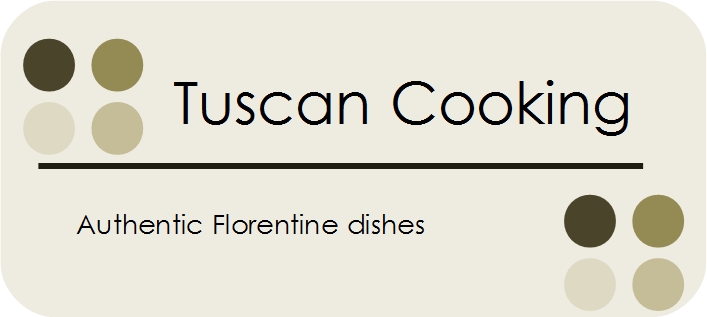I will now give you a recipe for a vegetable soup, minestrone (if you were to apply a literally translation that would be the “big soup”) and will explain to you how to transform it into a Ribollita (again literally translated into “re-boiled soup”). In fact what is the king dish of Tuscan cooking, the ribollita, is just the leftovers of the minestrone boiled once again with some Tuscan bread! I learned how to make good minestrone from my grandfather. I have seen him preparing just minestrone and pesto, but both of them were outstanding. His family was from the Chianti region, they were peasant, and when his father died he was just 7 years old. This changed his life dramatically as he was separated from his mother, and sent to live with his uncle, where he worked as a peasant/gardener. And ribollita was his meal (there were no breakfast-lunch-dinner-snacks at the time). He would take the leftovers of the vegetable soup, add a lot of bread to fill the stomach, and bring it to the fields to eat during the break. So each time you order a ribollita in a nice restaurant, think of what it represented to the Tuscan peasants.
Each time he prepared Minestrone, a discussion arose between my grandparents. My grandma is more practical, and as soon as the ready-made deep frozen version was available, she switched to that. But my grandfather did not accept that and he wanted to prepare the minestrone his way, transforming the kitchen into a mess! I myself have never used the deep frozen version. If I want a minestrone, I’d better have the proper one.
So to prepare the minestrone you need:
Onions, leeks, carrots, celery, parsley, courgettes (or zucchini), black cabbage, Swiss chard, Spinaches, peas, potatoes, cooked cannellini beans. I underlined the compulsory ingredients. Other ingredients could be green cabbage and turnips, even if I would leave out peppers, cauliflower, sprouts, aubergines, chickpeas. If you are unsure whenever to use an ingredient for a minestrone, just write me and I will judge it.
Well the next step is to cook the minestrone. Start with the “soffritto”, which is a standard for any Italian dish. This consists on finely chopped (by hand!) onions, celery, carrots and parsley. For the minestrone however, I do not finely chop the vegetable, but just make stripes or dices of around 0.5-1 cm width. Cook the soffritto in a big casserole with some olive oil and salt, covered and at gentle heat for around 10 min, until the vegetables are soft.
In the meanwhile prepare a big bowl of water (or use the sink if clean), and wash there the cut cabbage, curd, spinaches and leak. Slightly drain the vegetables and add to the casserole together with the peas (if you are using the fresh or the frozen ones). Cover and keep cooking at gentle heat. The water inside the vegetable and that from the washing should be enough to keep the soup moist, if you keep the casserole closed. In case you see it tends to dry, just add half a glass of water. When cooked add the potatoes, zucchini and beans. Again adjust the water as explained above. Once they are cooked your minestrone is ready. As I do not add any water, the minestrone results in a thick soup. I like it that way, with just a C of olive oil on top. People use also the chilly oil, which is olive oil where you leave some chili peppers.
From a minestrone you can prepare other things:
1.Ribollita: Add water and dry bread and gently cook again until all the bread is soft and amalgamates with the soup. Again a C of olive oil on top
2.Vegetable cream: Mix the minestrone in a food processor and you will have a yummy vegetable soup. If you like you can add some water and cook some pasta in it (short pasta, ideally ditali).
3.Minestrone with pasta: add water to the minestrone and cook some pasta in it.

Nessun commento:
Posta un commento